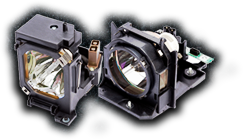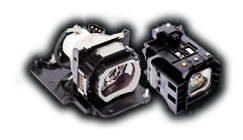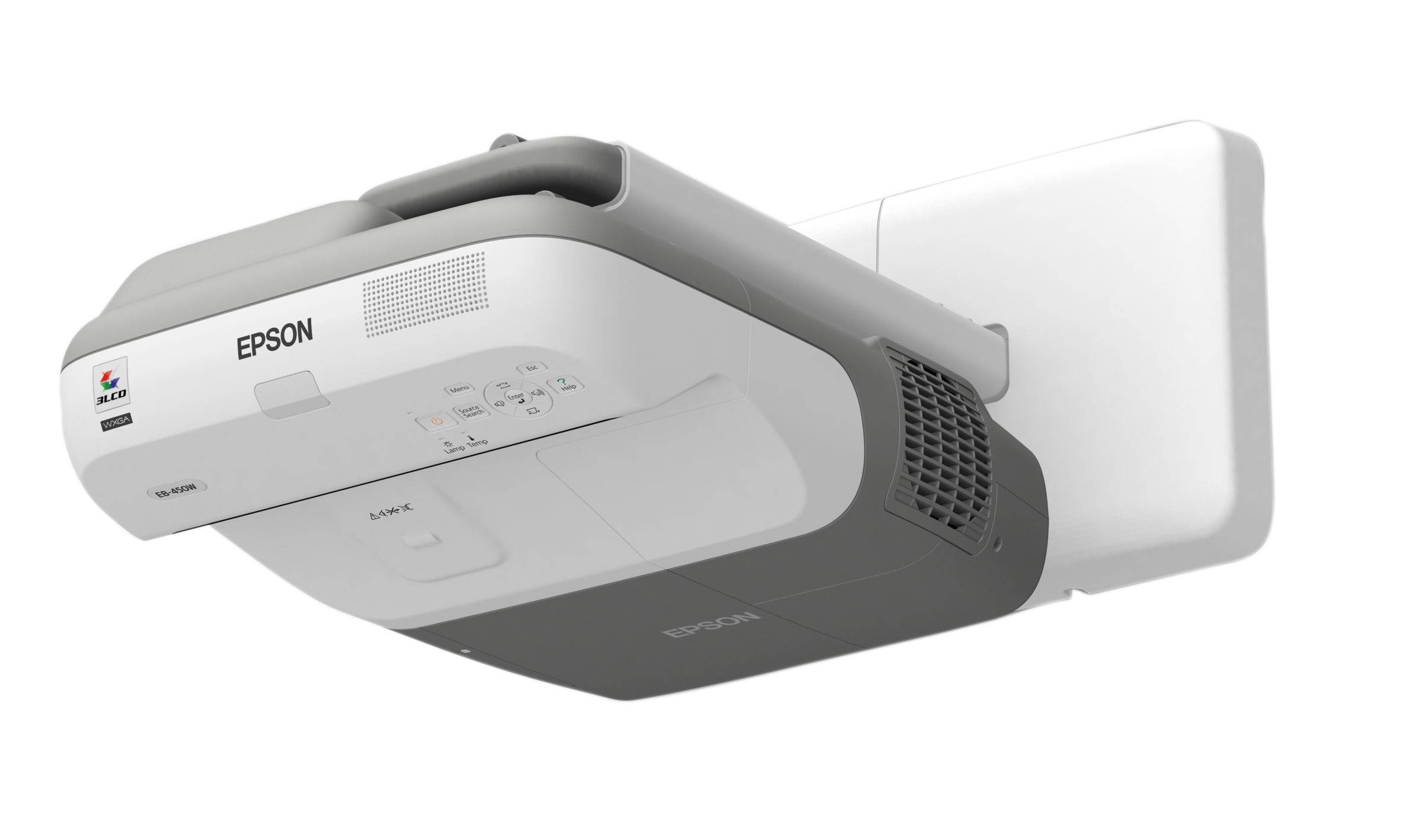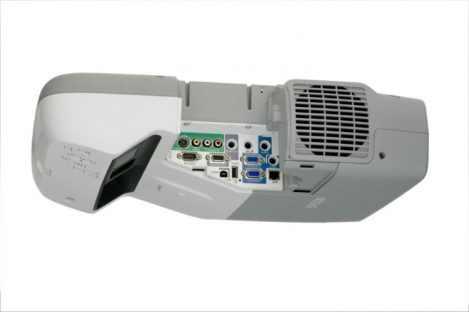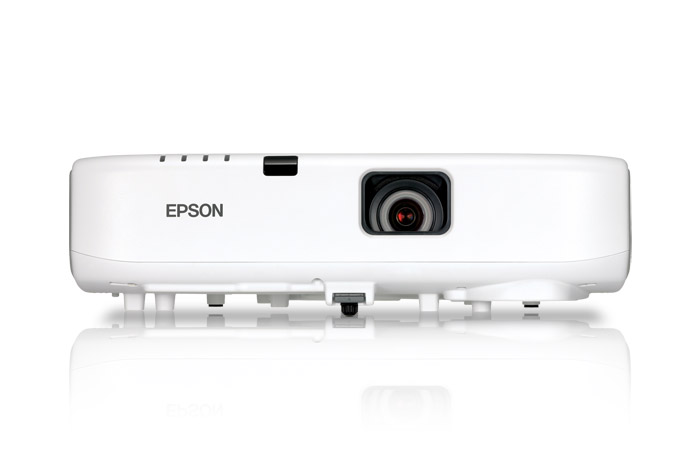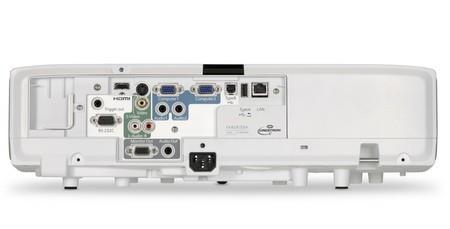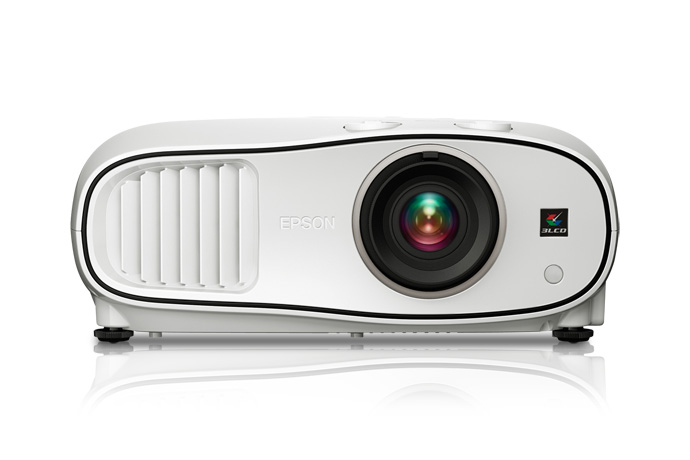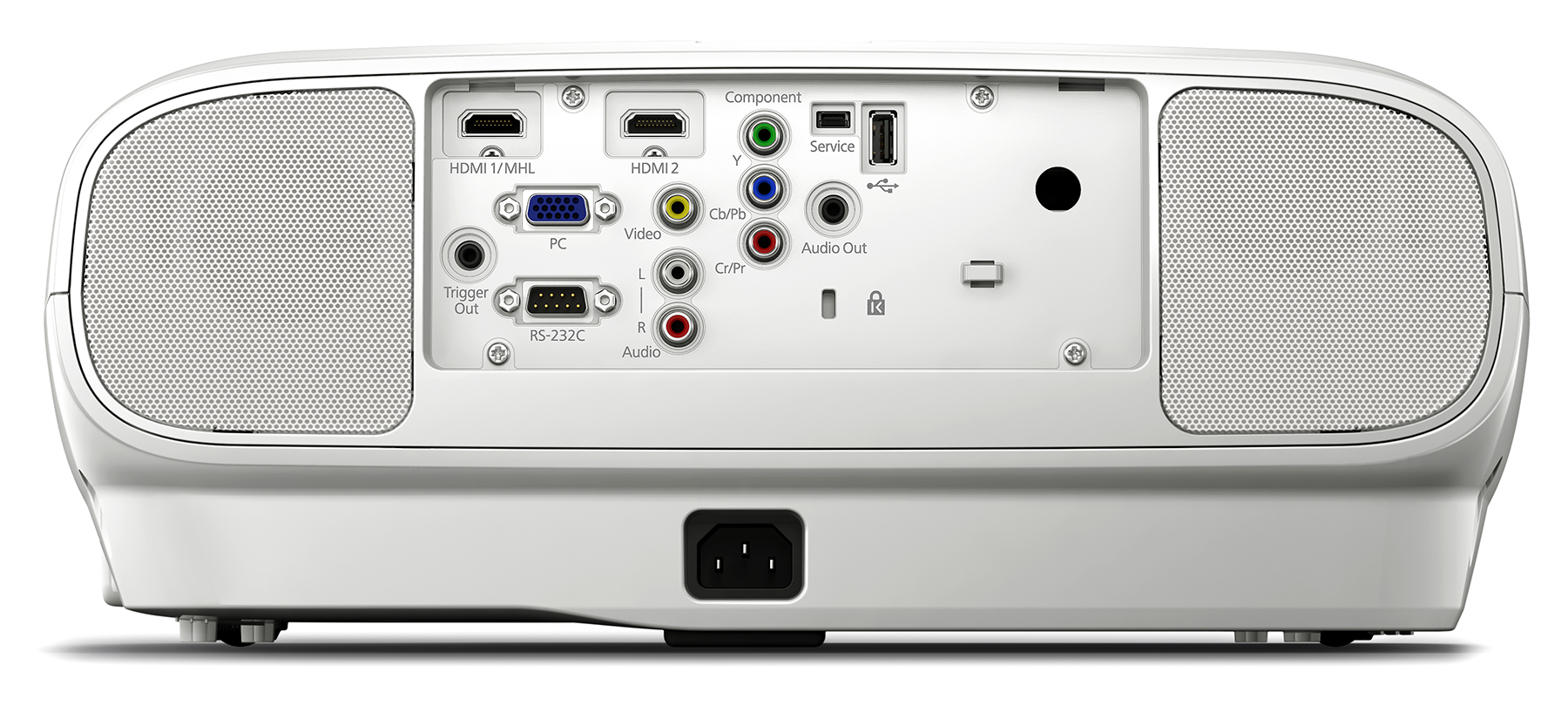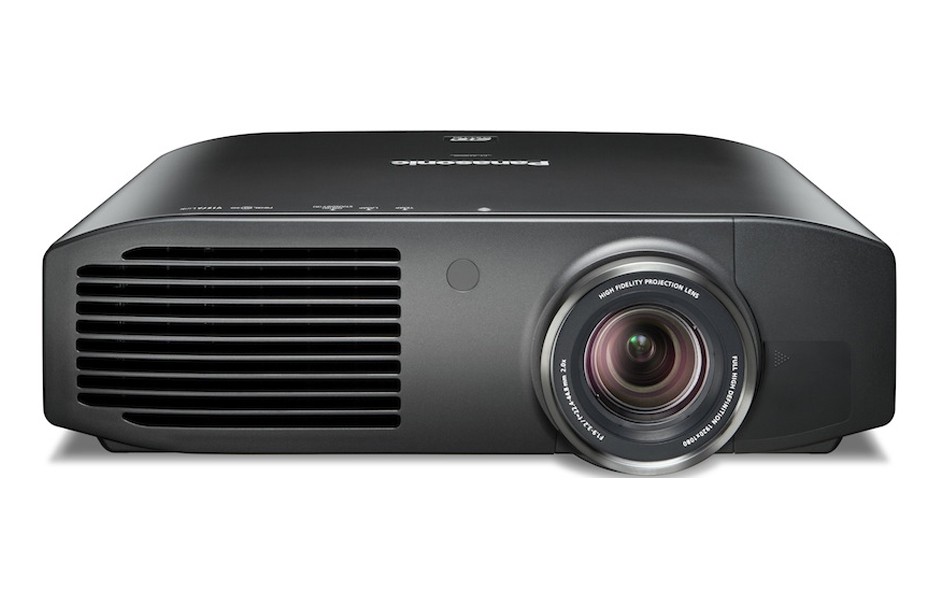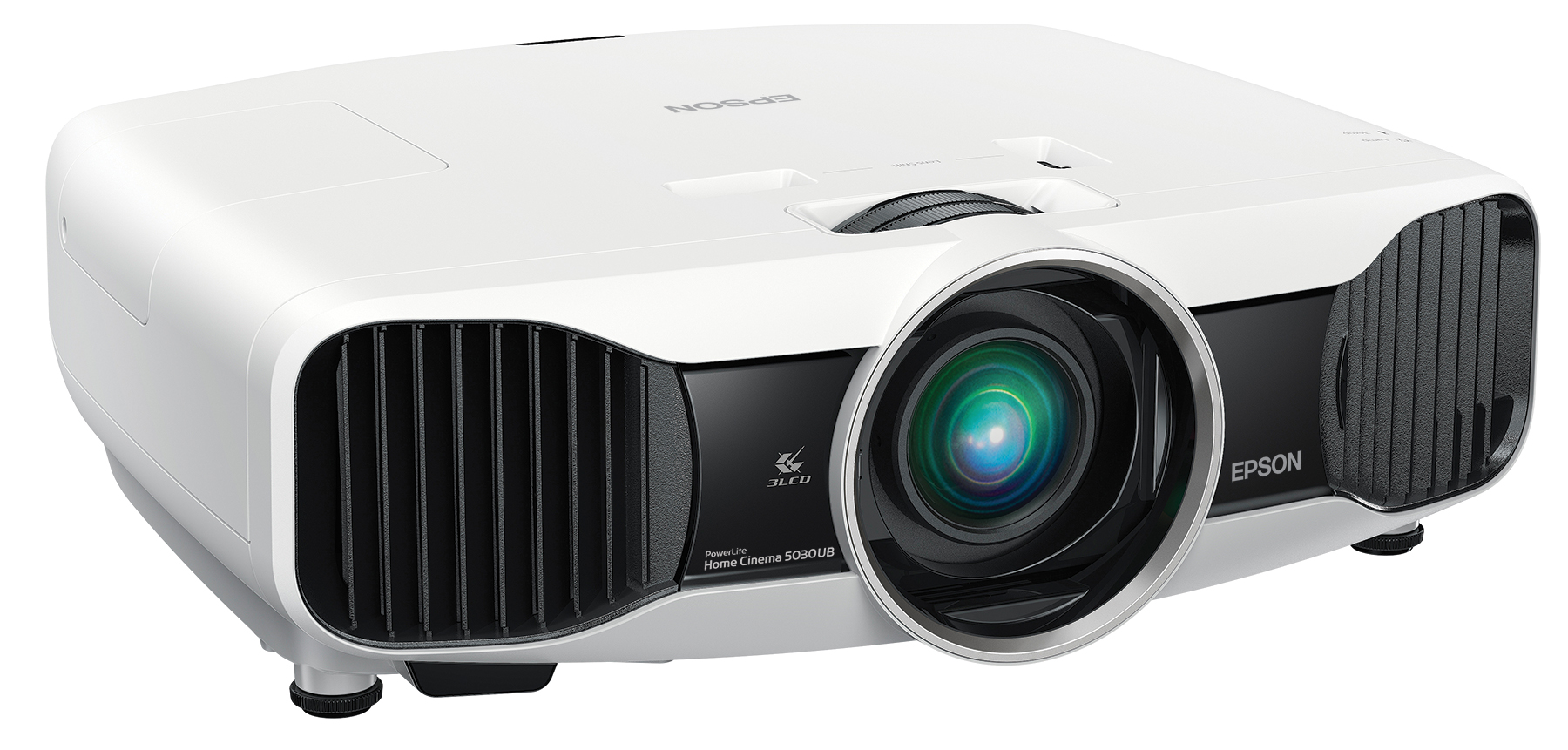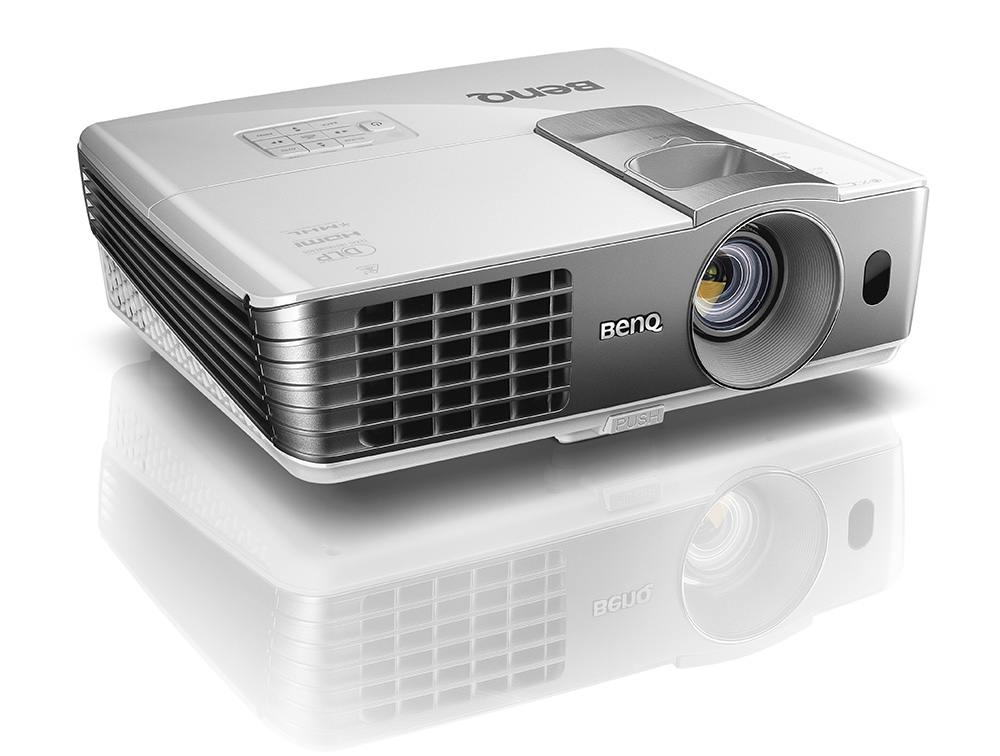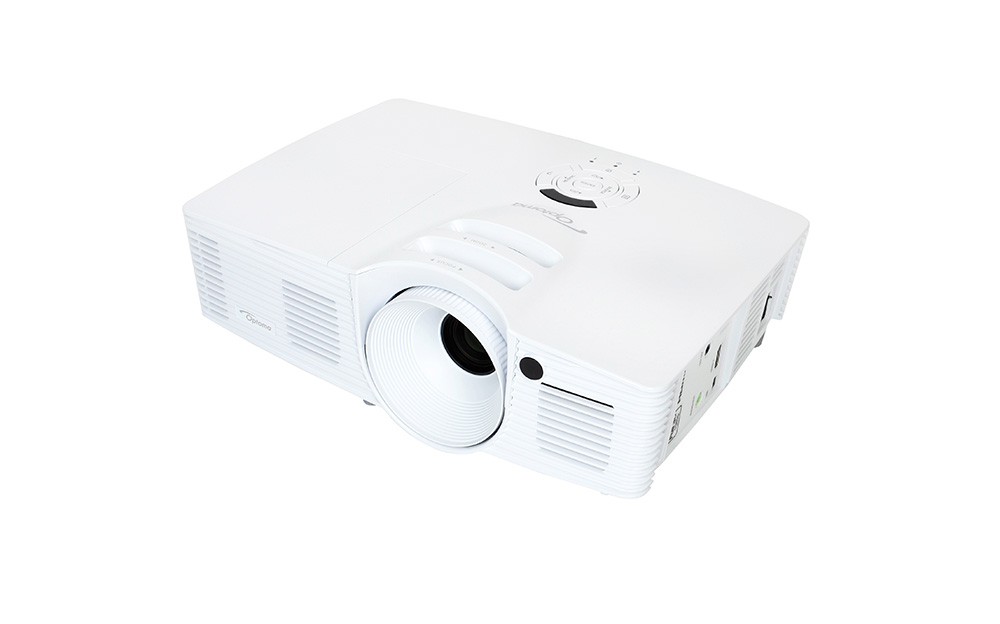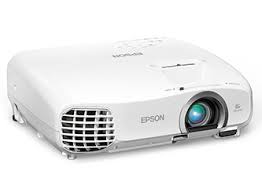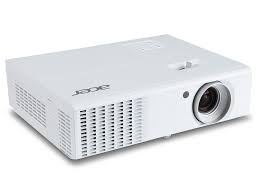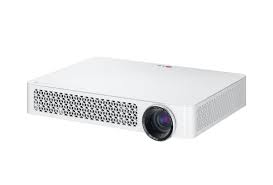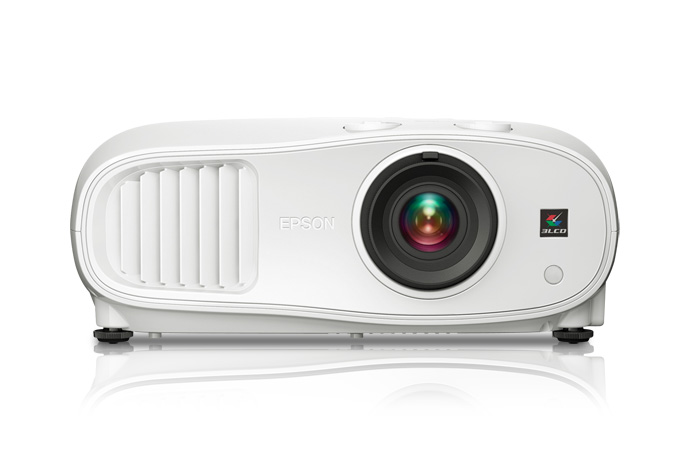Acer launched the line of X1 series projectors more than a half-decade ago, and in that time, we’ve seen a number of capable, durable and low-cost options. The X1 series is primarily Acer’s entry-level, ultra-budget set, with current iterations like the X113PH and X123PH starting at $299 and $399 respectively.
The Acer X1140 is now out-of-production. Yet, it shares a lot of commonalities with today’s X1 series projectors, including high contrast, powerful color technology and 3D capabilities. The biggest disadvantage to buying a used X1140 is price. With the similar X113PH starting at $299, it makes sense to buy new. If you can find it for right around $125, used or refurbished, it might be worth the investment, but if you’ve got the money, you might as well go with the newer X1 models.
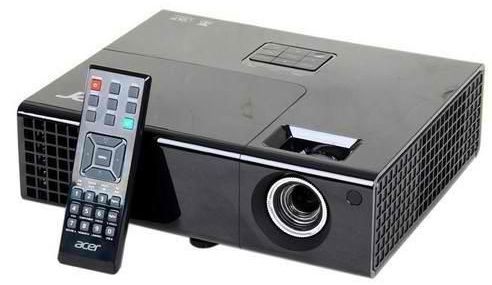
Acer X1140: Specifications and Features
Although it started at about $300 when it was initially released, the X1140 has a surprisingly robust feature set and some powerful image specs. Acer really packs in the features in their budget-friendly models, and you can see that with the X1140. Here’s a run-down of the specs:
- Bright Image, Low Resolution: Many Acer X1 series projectors have a native SVGA resolution (800×600). That makes them great for data images – i.e. PowerPoint presentations and classroom multimedia – but when projecting TV, films and most games, you’ll notice the lower quality image resolution. To be fair, the X1140 isn’t designed to do that, and for classroom video clips and film viewing, the output is sufficient. Fortunately, the DLP-based projector provides a bright 2,700-lumen image, which is suitable for classroom spaces, but may require the lights to be dimmed.
- Super Long Lamp Life: Built with an OSRAM 190-watt lamp, the X1140 achieves long-lasting performance. In standard mode, lamp life is 5,000 hours. Yet, there are two economy modes, which push lamp life to 6,000 or 7,000 hours. That’s competitive, even compared to today’s DLP projectors. Fortunately, the Acer X1140’s replacement lamp is affordable. It is known as part number MC.40111.002
- Great Contrast: With a contrast rating of 10,000:1, the X1140 delivers clear and crisp images. This is especially important in the classroom and for business presentations. White-on-black text is crisp and clear, and the X1140 provides rich, dark black levels, as well as great image quality for text-over-picture.
- A Fair Amount of Connections: As primarily a presentation tool, the X1140 is somewhat limited in the number of devices that can be connected to it. There are a trio of VGA ports, a mini USB port for software updates, and S-video ports. Today, HDMI and USB connectivity are standards. The current Acer X113PH, for example, includes HDMI outlets and USB A and B ports.
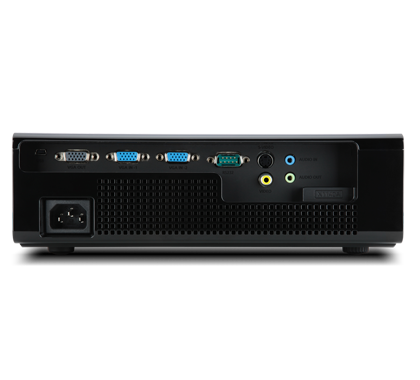
Acer X1140 Rear Inputs - Basic Speaker System: Compared to other entry-level projectors, the X1140 is equipped with a pretty basic speaker system. It’s just a 2-watt set-up, which provides fairly limited output. For noisier environments, an external audio system would be the best option.
- DLP 3D Capabilities: The X1140 can project 3D images from a laptop. This is useful for interactive multimedia presentations, and it’s not always a common feature for ultra-budget projectors.
- Installation Flexibility: With Keystone correction, a lens zoom ratio of 1.1:1, and a top loading design, the X1140 provides a bit of flexibility in where it can be ceiling mounted. The top loading design is particularly useful, as it enables replacement lamps to be installed without removing the projector from its mount.
Overall, the X1140 is very similar to today’s Acer X1 series entry-level offerings. Yet, the X123PH does feature some updated and enhanced technology, including boosted contrast, a better array of connections, and an updated economy mode that delivers up to 10,000 hours of lamp life. Better yet, the price is extremely low at $299. Thus, it’s difficult to justify purchasing a used or refurbished X1140 – opt for the newer version instead.
